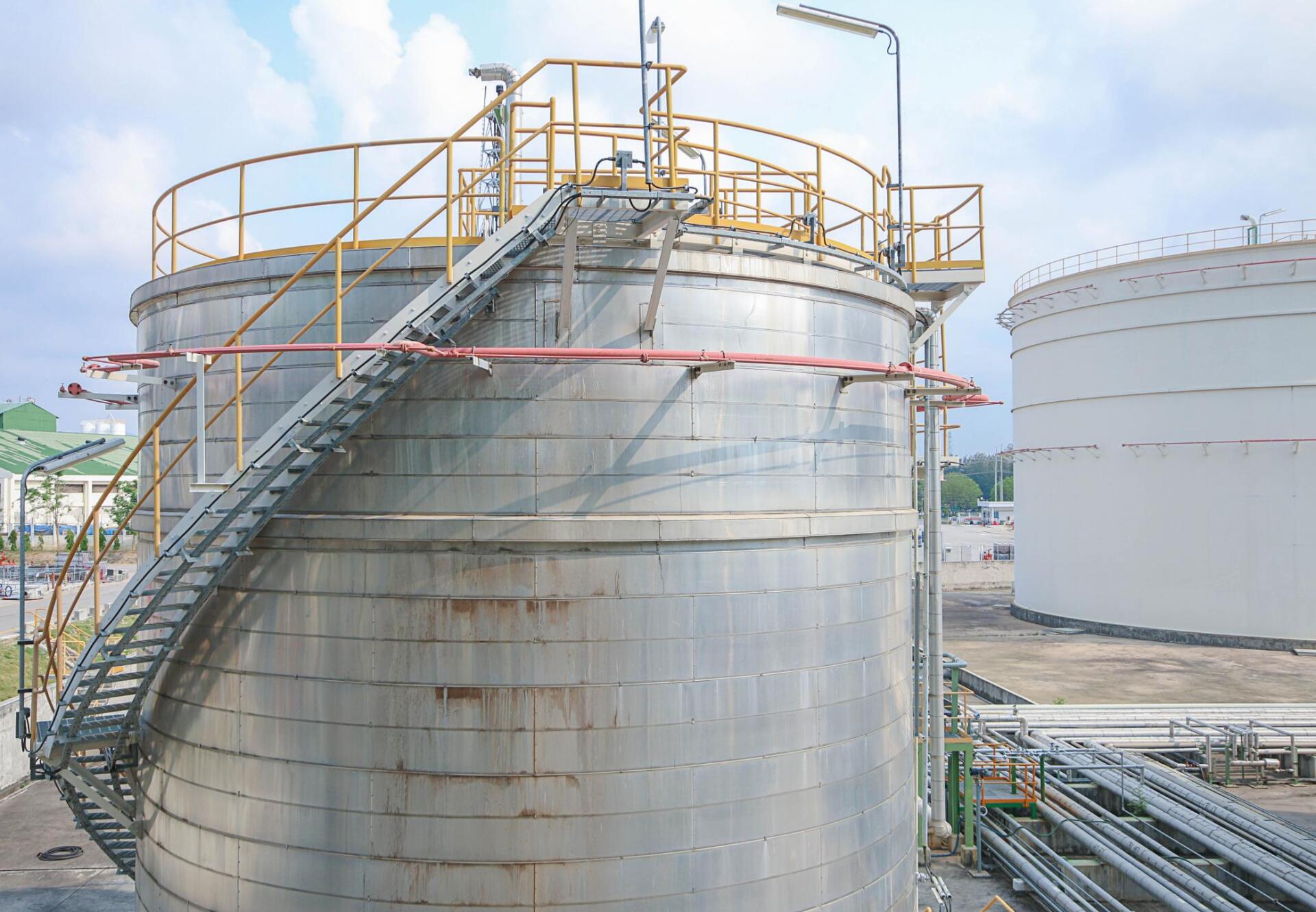STORAGE TANKS
What’s the big deal with storage tanks? The issue goes back to the fact that storage tanks, particularly underground storage tanks (buried so that they didn’t have to be seen) go back a long way since becoming popular back in the 1930s. That means that the tanks, created to hold gas or oil have been sitting in the soil all those decades and time hasn’t been kind to them. Which means they have quietly rusted away and often pose quite a hazard of leaching oil and gas into the soil. That leakage is toxic and bad not just for the planet at large but specifically your yard, your plants, and your family and pets. So let us get rid of it for you.
How to Tell
Not sure if you’ve got a legacy storage tank under the soil or if it’s leaking. There are some pretty straightforward ways to be sure. For a start if there’s no place else for oil or gas to be stored but there are old oil and gas pipes or heaters then there’s probably a tank under the earth. We can help you guess the age and whether it’s best to remove it. If there are signs of leakage, such as discolored grass and soil, strange smells, water in the fuel lines, irregular fuel use, or a rainbow sheen on soil or in vegetation then it’s best to call us in fast to sort it out and decontaminate your property.
Notifying the Authorities
If you have a tank then you probably also have oil or gas in it because those old tanks were rarely emptied and before touching a potential source of hazardous waste the local authorities have to be notified and a qualified contractor (that would be us) appointed to do the job. Once you contact us we can make sure that the procedure is followed including any follow up inspections that may be required.
Removing the Tank
To avoid risk of explosion we pump an inert gas into the tank to force out any oxygen and excavate the soil around it. The tank itself is emptied, cleaned and removed along with any pipelines and vents. Then any contaminated soil must also be safely removed from the site. Where tank removal could threaten the structural integrity of a building because it is in the foundations for example, it may be possible to empty and clean it but leave the shell in place.
Above Ground Storage Tank Removal
Having the tank above ground obviously makes access much easier but it doesn’t make it any less important to have it removed properly. When we remove above ground tanks we have to first empty them, then cut them open to ensure the interior is also free of contaminants. Then we cut up the tank to enable it to be removed safely. That’s not the end of the job as we still have to cut and cap the fill and vent caps. The pipes themselves have to be cleaned out with a vacuum and properly sealed otherwise there is the risk of later spills further down the line.
Demolition Contractors of Missouri

